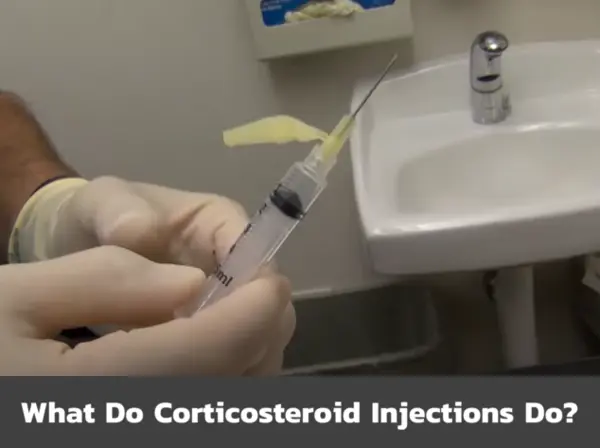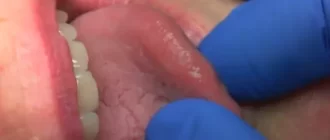Corticosteroid injections are frequently used to treat different inflammatory conditions. These injections consist of synthetic versions of corticosteroids, which are hormones produced by the adrenal glands. By administering corticosteroids to targeted areas of the body, inflammation can be reduced and pain can be alleviated.
How do corticosteroid injections work?
Corticosteroid injections function by minimizing the immune system’s reaction and decreasing inflammation. These artificial corticosteroids imitate the body’s natural hormones that regulate immune responses and inflammation. By being injected into swollen tissue or joints, corticosteroids aid in diminishing swelling, alleviating pain and stiffness, and bringing relief to various conditions.
Medical conditions that corticosteroid injections can effectively address
Corticosteroid injections have multiple therapeutic applications, comprising the treatment of various medical conditions.
- Arthritis can be relieved by injecting medication to ease the joint pain caused by various forms of arthritis such as osteoarthritis, rheumatoid arthritis, and gout.
- Tendonitis: Administered medication has the potential to decrease inflammation and alleviate pain in tendons, which frequently impacts different body areas like the wrist, elbow, shoulder, hip, knee, and ankle.
- Bursitis: The pain and inflammation in the cushioning sacs of joints such as the shoulder, hip, elbow, and knee can be relieved by injections.
- In the treatment of allergies and asthma, injections can be beneficial in controlling severe allergic reactions and asthma episodes.
- Skin conditions such as psoriasis and eczema can be treated using injections.
- Injected medication can provide relief from inflammation occurring in the digestive tract due to conditions like Crohn’s disease and ulcerative colitis.
Advantages and disadvantages
There are several advantages of receiving corticosteroid injections, which include:
- Injections have the ability to relieve pain, allowing people to resume their regular daily activities.
- Corticosteroid injections can help reduce inflammation, swelling, and stiffness associated with various conditions.
- In certain cases, injections can be used instead of surgery, eliminating the need for it.
Nevertheless, there are possible dangers and adverse effects associated with corticosteroid injections.
- Temporary Increase in Pain: There is a possibility that certain people may feel a momentary escalation in pain and discomfort at the location where the injection was administered.
- Infection: The chances of getting an infection at the injection site are minimal, but it is unusual.
- Tissue and Joint Damage: Tissue and joint damage, such as tendon weakening or rupture, can occur due to repeated or incorrect injections.
- Depigmentation or Thinning of the Skin: Corticosteroid injections may lead to alterations in skin color or the thinning of skin in the area where they are administered.
Before undergoing the procedure, it is crucial to have a conversation with a healthcare professional about the potential advantages and disadvantages of receiving corticosteroid injections.
What you can expect during a corticosteroid injection procedure
The procedure for receiving a corticosteroid injection generally includes the subsequent actions:
- Preparation: The area where the injection will be given is made ready by using an antiseptic solution to clean it.
- Local Anesthesia: To alleviate any pain or discomfort during the procedure, the area may be numbed by administering a local anesthetic.
- Injection: The corticosteroid medication will be injected directly into the affected area by the healthcare provider using a needle and syringe.
- Post-Injection Monitoring: Once the injection is administered, the healthcare professional may observe the patient for a brief period to ensure that there are no immediate complications.
The whole process typically takes just a few minutes.

Recovery and aftercare instructions
After being given a corticosteroid injection, people might encounter slight pain or swelling at the area where the injection was administered. It is recommended to adhere to these instructions for post-treatment care:
- Rest: Give the affected area some time to recover and refrain from engaging in any demanding activities for one or two days after receiving the injection.
- Ice: To alleviate swelling and pain at the injection site, place an ice pack or apply ice.
- Pain Relief: Pain-relieving medications that can be purchased without a prescription, such as acetaminophen or ibuprofen, may be suggested for alleviating pain.
- Follow-up: An appointment may be arranged in order to assess the progress of the treatment and ascertain if more injections are required, depending on the ailment being addressed.
Following all instructions given by the healthcare provider and promptly reporting any symptoms or side effects that may cause concern are of utmost importance.







